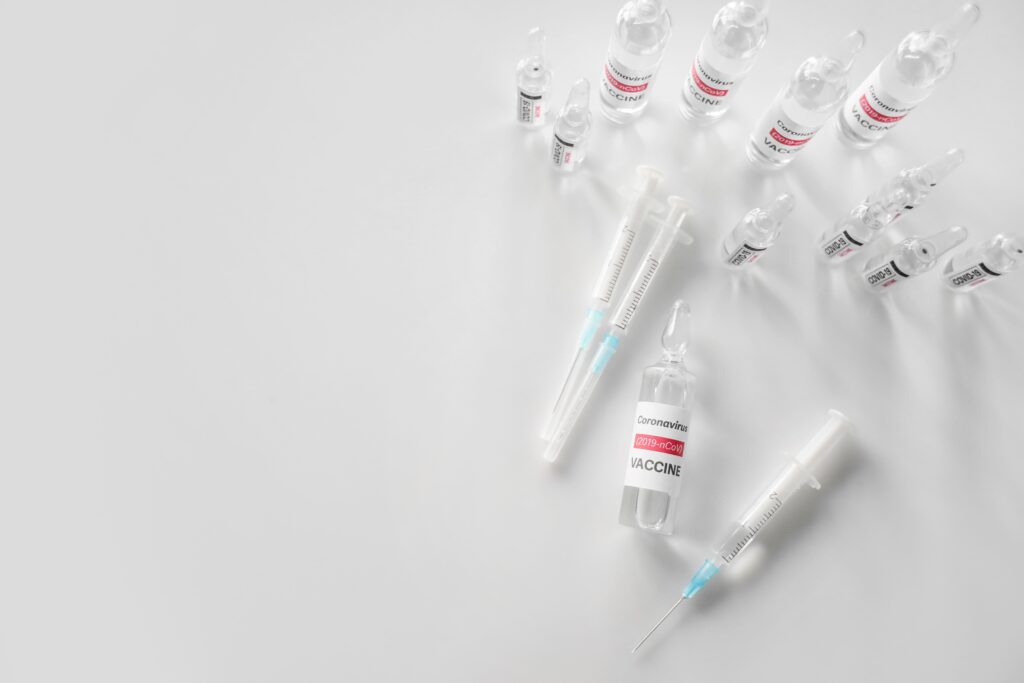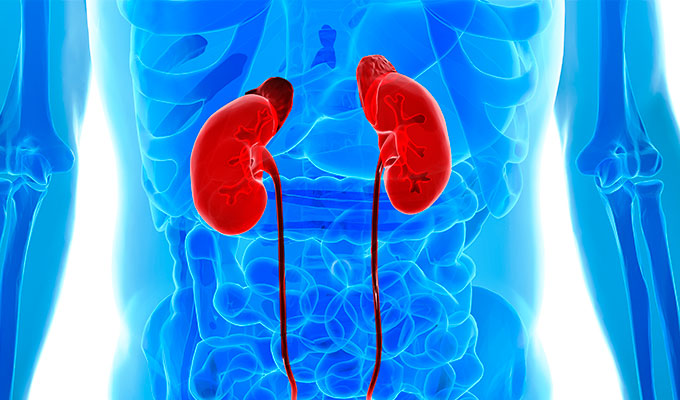The human body is regularly attacked by germs, possibly leading to infectious diseases: from the common cold to COVID-19. When they invade our bodies, our immune response comes into action and produces cells to fight the infection.
How do COVID-19 vaccines work?
The first time a person is infected with the virus that causes COVID-19, the body has never faced these germs and is not ready to resist them yet. It can take some time before making and using the right defensive tools.
Once the immune system has eliminated the infection, the body keeps a memory of the virus and what it requires to fight it. As a consequence, when the germs come back, our cells know exactly what they have to do.
This is why scientists rely on vaccine technology to provide protection against viruses.
Different types of vaccines are used to fight COVID-19, the main ones being mRNA vaccine and viral vector vaccine.
The first one is used by Pfizer-BioNtech and Moderna, and works by injecting in someone’s body some of the material coming directly from the virus that causes COVID-19.
Cells start to create a harmless protein (which is unique to the virus), make copies of it and then destroy the genetic material coming from the virus. Thus, if somebody is infected in the future, his or her immune system already knows how to detect and fight the infection.
The second vaccine is used by Johnson & Johnson and AstraZeneca. The adenovirus vaccine uses a harmless virus which has been genetically modified not to be able to multiply, as well as to contain and transport the material from the virus that causes COVID-19.
This material is called adenovirus vector or viral vector. Once this vector is inside our cells, they start to produce a harmless protein specific to the virus causing COVID-19 and replicate it. The immune system will then be ready to resist a potential infection from that particular virus.
A criticised new method
Even if their development process was relatively rapid, every COVID vaccine has been strictly controlled, all the clinical trials have been conducted and each necessary step has been completed to ensure their safety and effectiveness.
Yet, the adenovirus vaccine has not been well received by the European population and media. Introduced in Europe during the first months of 2021 to protect people against the pandemic, AstraZeneca’s vaccine which uses adenoviral vectors has been compared to a “monster” which uses “Frankenstein vectors.”
This statement was made in various media, by some well-known immunologists involved in the mRNA vaccine technology research.
Rare cases of thrombosis
As we know, the adenovirus vaccine uses a modified harmless virus to transport a viral vector in our cells, allowing them to produce a protein which our body will be able to recognise and fight during future infections.
These genetically modified adenoviruses could be a problem according to some scientists. Nothing has been proven yet, but this new method might have caused a few very rare cases of thrombosis, some of them leading to the death of patients. Indeed, blood clots were observed on patients after receiving AstraZeneca or Johnson & Johnson’s vaccines.
According to the European scientific community, this could be linked to adenovirus vectors, as they revealed that no case of this kind had been reported with mRNA vaccines.
However, many scientists wanted to go back on their initial statement. The expression “Frankenstein vectors”, and the very rare side effects of adenovirus vaccines such as AstraZenena scared a lot of European citizens who were then convinced not to get vaccinated at all.
Incorrect use of the expression
Doctors later explained that the expression had been taken out of its original context. Even if they think that mRNA vaccines are more stable than adenovirus ones, they never said that AstraZeneca’s vaccine was not safe.
On the contrary, they highlighted the fact that before releasing any pharmaceutical product, including vaccines, these are submitted to very strict regulations and tests to make sure they are safe for the population.
The unfortunate term of “Frankenstein vectors” comes from a press interview, before being released in other media.
The interviewed scientist was explaining the making process of AstraZeneca’s vaccine, made of various pieces from five different cellular organisms, when the journalist said “It’s Frankenstein!”. The interviewee then declared that from a scientific point of view, it indeed gets close to this. “However, this doesn’t mean it is a problem: some monsters are good,” said the science man, it just means that this new method is a result of the assembly of different micro-organisms’ parts.
The right vaccine for the proper population
To him, adenovirus vaccines are indeed “monsters that save lives.” “For aged or vulnerable people, the benefit/risk equation is clearly in favour of these vaccines.” This point is particularly essential.
Regarding risk management, in April 2021, for AstraZeneca’s vaccine, the amount of atypical thrombosis was 222 out of the 34 million injections made in the European Economic Area and the United Kingdom. 18 deaths have been reported (on March 22, 2021). For Johnson & Johnson’s vaccine, the American authorities reported 6 cases out of 6,8 million injections made in the United States of America.
The European Medicines Agency (EMA) underlined the advantages brought by the product to the population and reminded that contracting COVID-19 poses a risk of being hospitalised and a risk of death.
The agency declared on April 7, 2021, that “The combination of blood clots and low platelets which had been reported remains very rare and the general benefits of the vaccine in preventing COVID-19 are higher than the risk of suffering from side effects.”
The immunologist involved agrees and declares that the “balance is clearly in favour of these vaccines for fragile people”, but things are different for the younger population. This is why many governments decided to restrain the use of AstraZeneca’s vaccine on people aged over 55.
With the appearance of COVID-19 variants, scientists are now investigating the effectiveness of the different vaccine methods.



